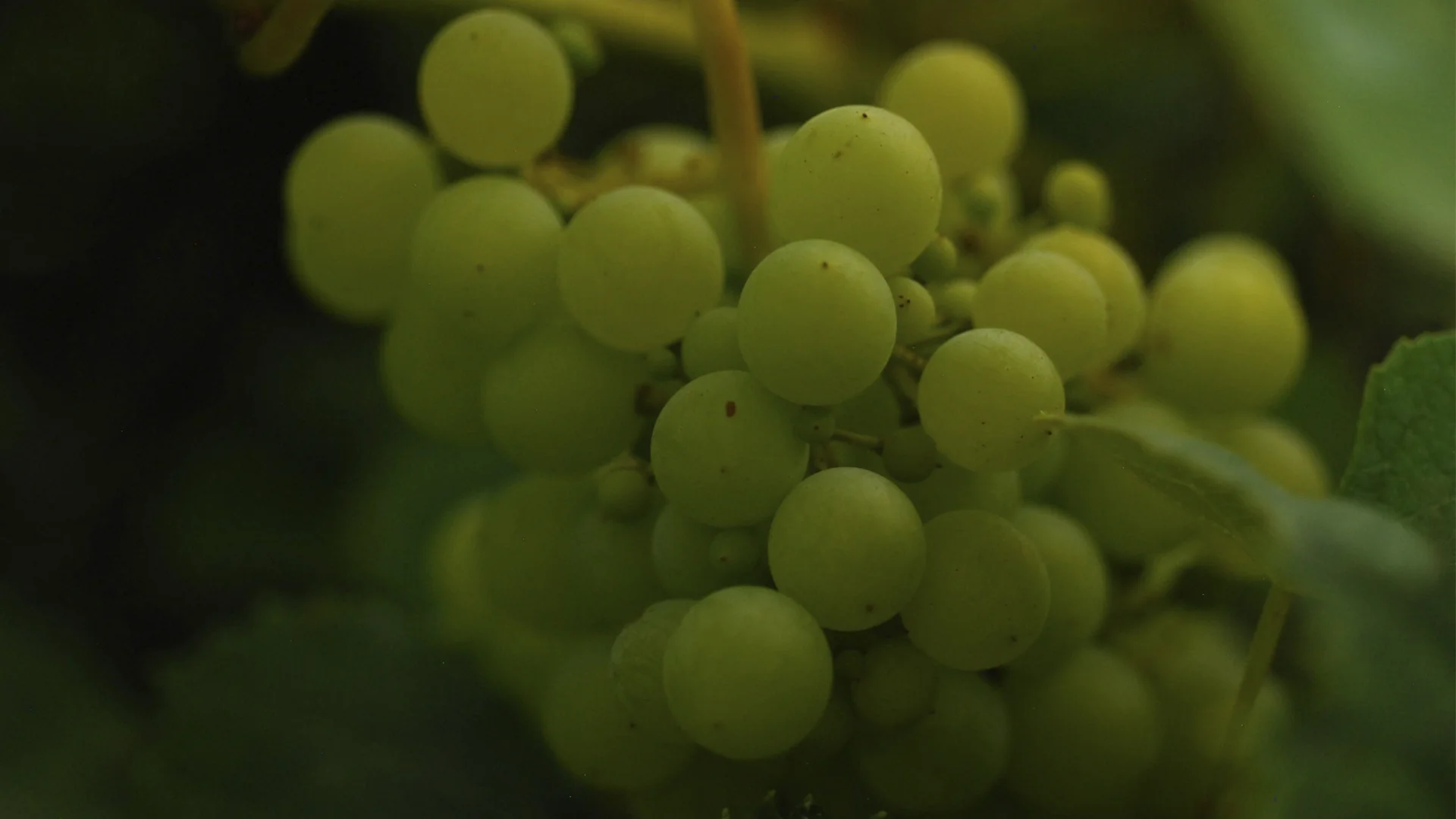
Trebbiano Toscano—the Clark Kent of grape varieties. Mild-mannered on the surface, this high-acid white quietly powers everything from everyday Tuscan table wines to the world’s most coveted Cognacs. Forget the flash of Chardonnay or Riesling. The true force driving global wine commerce is this seemingly ordinary, endlessly adaptable workhorse.
The origins of Trebbiano Toscano date back to ancient times, with historical roots in Italy and a significant presence in countries such as France, the United States, and even the Basque Country in Spain. It is widespread across these regions and has contributed to shaping the identity of many local wines.
In a wine world obsessed with scarcity and hype, Trebbiano Toscano provides the best value in terms of quality. As one of the world's most important grape varieties, it stands out for its versatility and global impact.
In this article, you will deepen your wine knowledge about this grape, learning about its history, different styles, sustainability strengths, and standout bottles that show why this grape deserves far more than a supporting role.
Trebbiano Toscano is the Swiss Army knife of Italian wine—unassuming, yet remarkably versatile and essential. With its high acidity, subtle aromatics, and clean, refreshing profile, it forms the backbone of countless Italian wines, often without taking the spotlight. In blends like Orvieto from Umbria, Trebbiano plays a quiet but crucial role, supporting structure and freshness.
But to call Trebbiano “ordinary” is like calling a Swiss Army knife “just a tool.” In the hands of a skilled vintner and the right terroir, it transforms into mineral-rich Vin Santo or bright, coastal Frascati. Its true strength lies in reliability at scale—offering high yields, disease resistance, and a remarkable sensitivity to soil expression.
Also known as Ugni Blanc in France, this high-yielding, adaptable variety occupies more vineyard space than any other white grape on Earth. The word 'Trebbiano' is believed to derive from the Italian word for a farmstead or hamlet, reflecting its deep roots in rural Italian culture. Trebbiano Toscano is one of the most widely cultivated white wine grapes in the world. It thrives in climates ranging from sun-drenched Tuscany to France’s coastal regions and produces everything from crisp daily drinkers to the base wines for Cognac.
Its genius lies in reliability. Trebbiano is a blank canvas for terroir, offering structure to blends and consistency to producers large and small. Compared to varieties like Chardonnay or Sauvignon Blanc, Trebbiano has a more neutral profile and higher acidity, making it ideal for blends and distillation. In Cognac, Ugni Blanc is prized for its ability to produce high-acid, neutral wines that are perfect for aging into spirits. Canopy management, irrigation, and site selection play important roles in ensuring the grape’s quality and adaptability across diverse conditions. It’s important to note the difference between Trebbiano Toscano and other Trebbiano varieties, as each has unique characteristics and roles in different wine regions.
Trebbiano Toscano ranks among Italy’s most prolific white grapes for good reason. Its versatility makes it vital for both everyday wines and celebrated spirits like Cognac and Armagnac, and it is used to produce crisp white wines, brandies, and other spirits prized for their freshness and acidity.
What sets it apart? Vigour and yield. Trebbiano thrives in diverse vineyard settings, from central Italy’s hills to temperate coastal zones. Its robustness and disease resistance make it a favourite for consistent volume and dependable quality, but managing its vigour and high yields requires the expertise of skilled viticulturists to ensure the best results.
For wine enthusiasts, Trebbiano offers insight into how one grape can influence both global wine and spirit production. Its role in white wines, along with its neutral, high-acid profile, makes it indispensable in Cognac and Armagnac. The timing and method of harvesting Trebbiano Toscano are crucial for optimal quality, as careful harvesting preserves its signature freshness. Trebbiano Toscano is not just a grape—it’s a passport to Italy’s winemaking legacy and an engine of global viticulture.
For wine enthusiasts eager to deepen their knowledge of wine, exploring the sensory profile of Trebbiano Toscano wines is a delightful experience in itself. These wines are celebrated for their crisp, refreshing qualities and subtle aromatic complexity, making them a favourite for those who appreciate elegance over extravagance. Understanding the nuances of Trebbiano Toscano’s appearance, aroma, and taste not only enhances appreciation but also unlocks a new level of wine knowledge for anyone seeking to savor the grape’s unique qualities.
In the glass, Trebbiano Toscano wines typically shine with a pale straw to golden yellow hue, a visual cue to their light body and refreshing character. The clarity of these wines can range from brilliantly clear to slightly hazy, depending on the winemaking approach—some producers opt for minimal filtration to preserve the wine’s natural essence. When you swirl the glass, observe the legs or tears that form; thicker, slower-moving legs hint at a higher alcohol concentration or a touch of residual sugar, both of which can subtly influence the wine’s mouthfeel. Overall, the visual impression is one of lightness and vibrancy, inviting you to take that first, refreshing sip.
The aromatic profile of Trebbiano Toscano is a study in understated complexity. On the nose, these wines greet you with delicate primary aromas of citrus, green apple, and sometimes a whisper of white peach. As you explore further, secondary notes emerge—think gentle floral hints, a touch of fresh herbs, and, in some cases, a subtle honeyed sweetness. For wines that have spent time aging, especially in oak barrels, tertiary aromas develop, adding layers of toasted nuts, caramel, and even a hint of brioche. This aromatic bouquet is never overpowering; instead, it offers a balanced, nuanced experience that rewards careful attention and makes Trebbiano Toscano a perennial favorite among wine enthusiasts seeking both freshness and complexity.
On the palate, Trebbiano Toscano wines are predominantly dry, with a medium-light body and a lively, medium-high acidity that delivers a crisp, mouthwatering sensation. Flavors echo the aromas—zesty citrus, green apple, and subtle floral notes—creating a harmonious and refreshing profile that’s perfect for warm summer days or as an aperitif. The finish is clean and persistent, leaving a lingering impression of freshness that invites another sip. Each bottle is a testament to the region’s wine production, with the taste profile influenced by the local climate, soil, and winemaking techniques. Whether enjoyed young and vibrant or with a touch of age, Trebbiano Toscano wines consistently deliver a light, crisp, and engaging experience that reflects the best of their origin.
One of the joys of Trebbiano Toscano wines is their remarkable versatility at the table. For wine enthusiasts and those expanding their wine knowledge, these wines offer a world of pairing possibilities that span from the vineyards of Tuscany to the wineries of France and beyond. Thanks to their light, crisp profile and balanced acidity, Trebbiano Toscano wines are a natural match for a wide array of dishes, making every meal a delightful experience.
Classic pairings begin with the flavors of the Mediterranean—think seafood pasta tossed with olive oil and fresh herbs, or a vibrant antipasto platter featuring marinated vegetables, cured meats, and tangy cheeses. The wine’s refreshing acidity cuts through the richness of fried calamari or creamy risottos, while its delicate aromas complement the subtle flavors of grilled fish or shellfish. For those who prefer plant-based cuisine, Trebbiano Toscano shines alongside salads with citrus vinaigrette, roasted vegetables, or light grain dishes, enhancing each bite without overpowering the food.
Beyond traditional Italian fare, these wines are equally at home with global cuisines. Try a chilled glass with sushi, Thai spring rolls, or even a simple roast chicken for a pairing that highlights the wine’s crisp, clean finish. Whether you’re exploring bottles from the sun-drenched vineyards of Tuscany or the renowned wineries of France, Trebbiano Toscano invites you to discover new favorites and expand your wine knowledge with every meal. Its adaptability and subtle charm make it a staple for any wine lover seeking a light, aromatic companion to both everyday dishes and special occasions.
Trebbiano’s story spans millennia, a quiet conquest carried out by vine instead of sword. Its deep tradition in Italian winemaking has made it a cornerstone of the country’s viticultural heritage.
Pliny the Elder referenced a “vinum trebulanum,” likely from grapes near modern-day Treglia in southern Italy. While the exact lineage remains debated, the link to Roman viticulture is clear. Its name possibly comes from “trebula,” Latin for farm or vineyard—a fitting origin for a grape tied to agricultural winemaking. The grape’s historical spread is closely linked to important towns such as San Gimignano, where it contributed to the region’s wine identity.
By the 13th century, Trebbiano was documented in Bologna. Its breakthrough came in 1305, when it followed the papal court to Avignon, becoming Ugni Blanc in France. There, it evolved into the base of Cognac and Armagnac—proof that the grape succeeds by following power to new places.
During the Renaissance, Trebbiano regained its prominence in Tuscany. However, the 20th-century mandate to include it in Chianti blends backfired, diluting quality. Regulatory changes in 1996 finally allowed for 100% Sangiovese to be used in Chianti Classico.
Following the phylloxera crisis, Trebbiano’s disease resistance and productivity made it an ideal choice for rebuilding vineyards. By the 21st century, it had spread from Argentina to Australia—proof that success sometimes means being what the world needs, not what it desires. Modern science has since helped clarify Trebbiano’s lineage and improve its cultivation techniques.
Trebbiano Toscano is a climatic chameleon. It thrives in environments that stress other grapes, maintaining quality across diverse conditions.
Its ideal setting is a warm to hot Mediterranean climate, typically between the 30th and 50th parallels. These regions provide sufficient heat for ripening while maintaining acidity, a key factor in Trebbiano’s structure. Temperature plays a crucial role in balancing Trebbiano Toscano's acidity and ripening, directly influencing the freshness and quality of the resulting wine.
In Tuscany, warm summers and cool nights yield wines with both freshness and ripeness. Timing is critical; careful harvesting preserves acidity and aromatics.
Climate, soil, and vineyard practices shape Trebbiano’s character. Its performance is a case study in how modern viticulture leverages science and scientific insight to optimize outcomes.
Trebbiano is soil-tolerant, thriving in clay, limestone, marl, and volcanic soils.
In Tuscany, alberese and galestro yield wines with crisp acidity and mineral structure. Volcanic soils in Lazio add freshness and distinctive mineral notes.
Its late budding protects against spring frost, while vigorous growth supports production across soil types. But with vigor comes the risk of overcropping—managed through canopy control and selective harvesting to maintain concentration and balance.
Trebbiano’s productivity—often reaching 70–80 quintals per hectare—is both its asset and liability. Quality-focused producers reduce yields to improve flavour concentration. Its large berries require careful selection to prevent dilution.
Climate change presents both risks and opportunities for innovation. Rising temperatures can reduce acidity and boost alcohol, but Trebbiano’s hardiness and late ripening offer a buffer. Some producers are adapting by planting at higher elevations or using new training systems to preserve freshness.
Trebbiano’s global reach is a tapestry of local adaptations. Each region draws out different traits, shaped by climate, soil, and winemaking culture. In many cases, Trebbiano Toscano plays a key role in defining a region's wine identity, contributing to the unique character of the local wines.
Wine travellers can explore its many expressions across Europe and beyond, gaining a deeper appreciation for its regional diversity. For a more immersive experience, consider a tour of the vineyards and wineries where Trebbiano Toscano is grown to witness the winemaking process firsthand.
Covering 3,617 hectares, Trebbiano Toscano is central to Tuscan white wine. Its role in Vin Santo is iconic, using dried grapes to create complex, concentrated wines.
Producers like Castelli del Grevepesa have elevated Trebbiano through yield reduction and selective harvesting, showing its true potential.
In Lazio, Trebbiano appears in over 20 DOC wines—especially in Frascati and Orvieto—blended with Malvasia to create fresh, textured whites with apple, citrus, and floral notes.
In Umbria, often under the name Procanico, it adds acid structure to richer grapes, enhancing complexity without overwhelming.
In Abruzzo, rocky soils and sea influence yield structured, age-worthy Trebbianos. These wines are often noted for their elegant character, combining finesse with complexity. Producers like Tenuta Ulisse and Ciavolich prove that Trebbiano d’Abruzzo can be mineral-driven and critically acclaimed.
As Ugni Blanc, Trebbiano dominates the Cognac and Armagnac regions. Its high acidity and neutrality are ideal for distillation, forming the base of luxury spirits. Trebbiano Toscano is also widely used to produce high-quality brandies such as Cognac and Armagnac, highlighting its importance in traditional brandy distillation.
From Portugal’s Douro (as Tália) to Argentina’s Mendoza and Australia’s Riverland, Trebbiano retains its essential character while adapting to local conditions. It’s used in table wines, fortified wines, and more—proving its global relevance.
The sustainability revolution in wine has found an unlikely hero in Trebbiano Toscano. Its natural resilience and adaptability make it a model grape for environmentally conscious viticulture, showing that sometimes the most ordinary grapes can drive extraordinary change. Through sustainable viticulture, the unique qualities of Trebbiano Toscano are preserved for future generations, ensuring its continued excellence and character.
Trebbiano’s disease resistance and vigorous growth make it ideally suited for organic farming. In Tuscany, over 38% of vineyards are certified organic, well above EU targets, with Trebbiano leading the charge.
Biodynamic producers embrace Trebbiano for its natural rhythms. Its late budding and ripening make it easy to time biodynamic preparations, while its vigor responds well to compost and natural amendments. Wineries like Avignonesi in Montepulciano show that biodynamic Trebbiano can deliver both exceptional quality and environmental integrity.
Trebbiano’s drought tolerance and efficient water use make it a smart choice in water-scarce regions. Its deep roots and waxy skins help it maintain quality under stress conditions.
Producers are installing precision irrigation systems that work with Trebbiano’s natural characteristics, minimizing water usage while protecting grape quality.
Trebbiano’s high yields create opportunities for circular economy innovation. Pomace from pressing is repurposed into compost, and the grape’s historical role in balsamic vinegar production highlights its culinary versatility. Trebbiano Toscano grapes are used in both the production of white wines and balsamic vinegar in Italy.
Some wineries now experiment with using Trebbiano lees as natural soil amendments, closing the loop and reducing waste in the vineyard.
Trebbiano’s ability to adapt to diverse terroirs means there’s less need for site modification, resulting in a lower carbon footprint. It integrates well with cover crops and biodiversity corridors, aligning with regenerative agriculture.
Research even suggests Trebbiano vineyards can sequester more carbon than they emit when managed sustainably.
While Trebbiano Toscano doesn’t chase the limelight like Barolo or Burgundy, it quietly powers a portfolio of wines that range from daily pleasures to age-worthy treasures. The wine's crisp acidity, subtle fruit notes, and light body make it especially appealing, with its flavor profile often reflecting the freshness and brightness of the grape. Trebbiano Toscano wines may range in style, from light and refreshing to more complex offerings, depending on the vineyard and vinification methods used. These wines are best served chilled, at a serving temperature of around 8–10°C (46–50°F), enhancing their refreshing qualities and making them perfect for warm weather or casual gatherings.
Choosing the right Trebbiano Toscano can elevate any occasion—whether you want a refreshing aperitif that pairs well with different dishes or a wine to age and savor. Trebbiano wine pairs well with light dishes, such as seafood and Mediterranean fare, making it a versatile choice for various cuisines. The natural sugars present in the grapes play a crucial role during fermentation, influencing the wine's acidity, balance, and overall style.
Vin Santo is Trebbiano’s crown jewel. Producers like Selvapiana craft 100% Trebbiano Toscano Vin Santo, offering concentrated, complex wines with unique characteristics. Some of the most remarkable examples deliver rich honey, nut, and dried fruit notes, along with a higher alcohol concentration.
Castello di Verrazzano, on the other hand, produces Vin Santo del Chianti Classico using grapes dried for three months before the fermentation process, and aged in caratelli barrels. Due to this process, the wines have a high concentration of sweetness. With 17% alcohol content and decades of aging potential, it proves that Trebbiano’s value extends far beyond simple white wines.
Castelli del Grevepesa’s Bianco Toscana IGT showcases how modern winemaking and low yields can bring out the best in Trebbiano. On the glass, expect flavours of melon, grapefruit, and a touch of lanolin—surprising even seasoned wine critics.
The Trebbiano d’Abruzzo scene is redefining expectations. Tenuta Ulisse’s version consistently scores 96 points, while Ciavolich’s Fosso Cancelli showcases the grape’s mineral-driven elegance.
These producers prove that terroir and technique can elevate even the most humble varieties, providing a delightful experience.
In Lazio, Trebbiano achieves DOCG status in Frascati Superiore and Cannellino di Frascati. Blended with Malvasia, these wines offer depth, structure, and surprising aging potential, earning Italy’s highest quality designation.
From France’s Cognac houses to Portugal’s Douro Valley, Trebbiano Toscano (under names like Ugni Blanc and Tália) produces wines and spirits that are internationally renowned. Wine consumption worldwide has been gaining momentum, with exports reaching 111.6 million hectoliters in 2021, underscoring the global demand for versatile and high-quality wine varieties, such as Trebbiano.
Its role in Cognac production alone makes it one of the world’s most commercially significant grapes, even if many consumers never know its name.
Trebbiano Toscano is the ultimate paradox: everywhere, yet invisible; simple, yet essential.
Its journey from ancient Roman vineyards to luxury brandy production is a masterclass in resilience and adaptability. While others chase trendiness, Trebbiano continues to do what it does best—producing reliable, food-friendly wines that complement rather than dominate.
Part of its magic lies in its subtle aroma, offering pleasure even before the first sip. Trebbiano may not be the star, but it’s the reason the show goes on—and that might be the most important role of all.
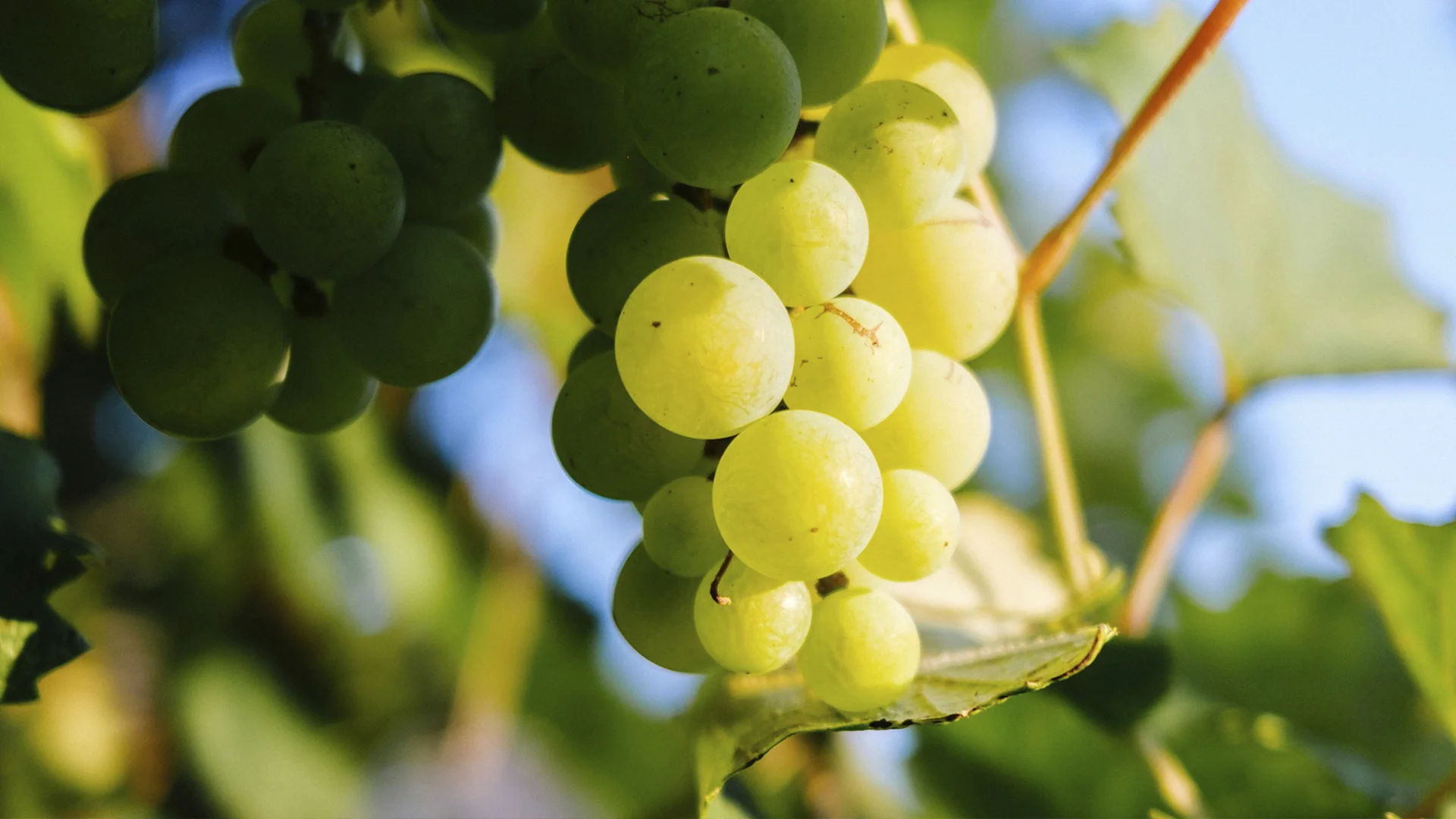
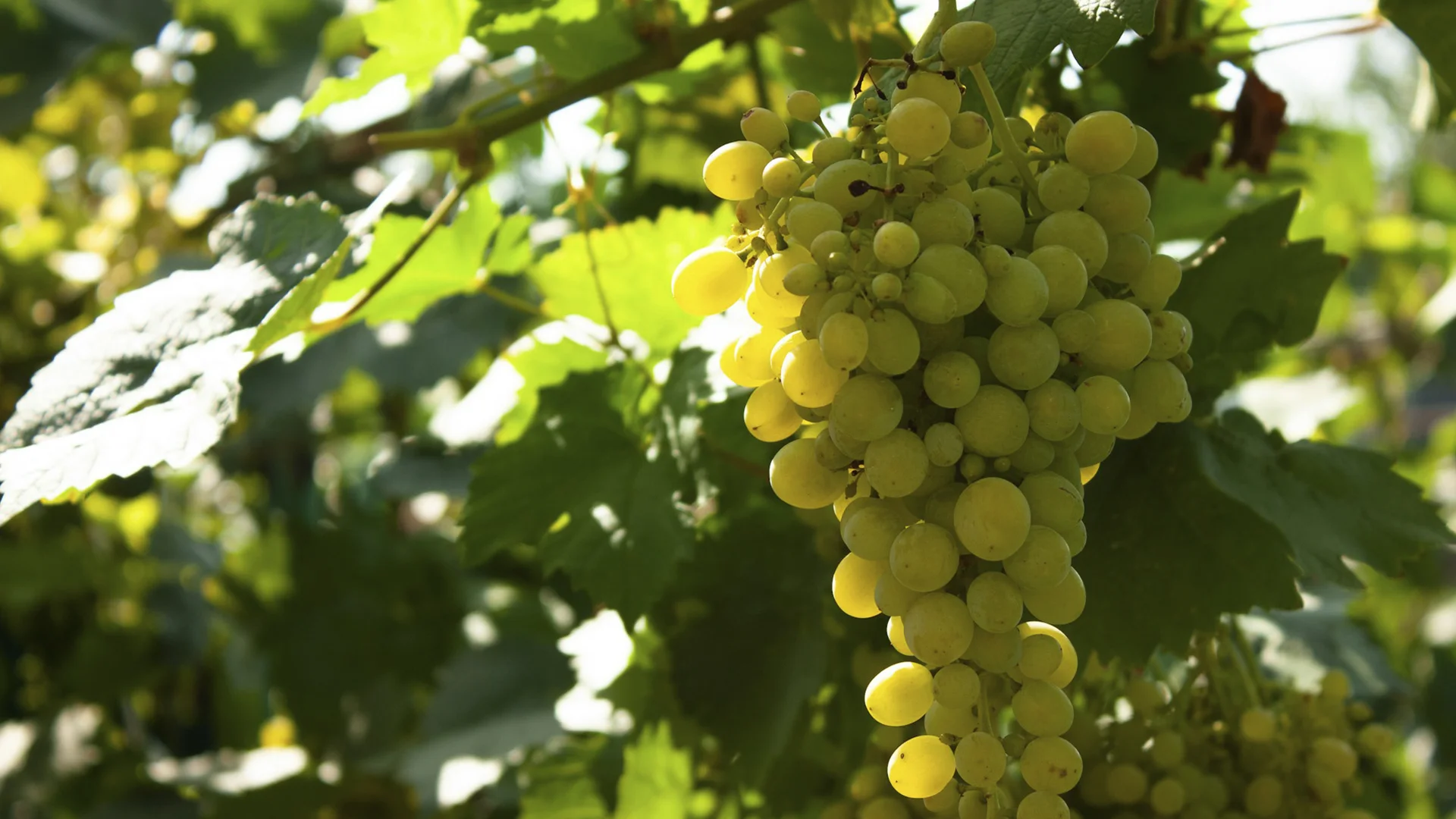
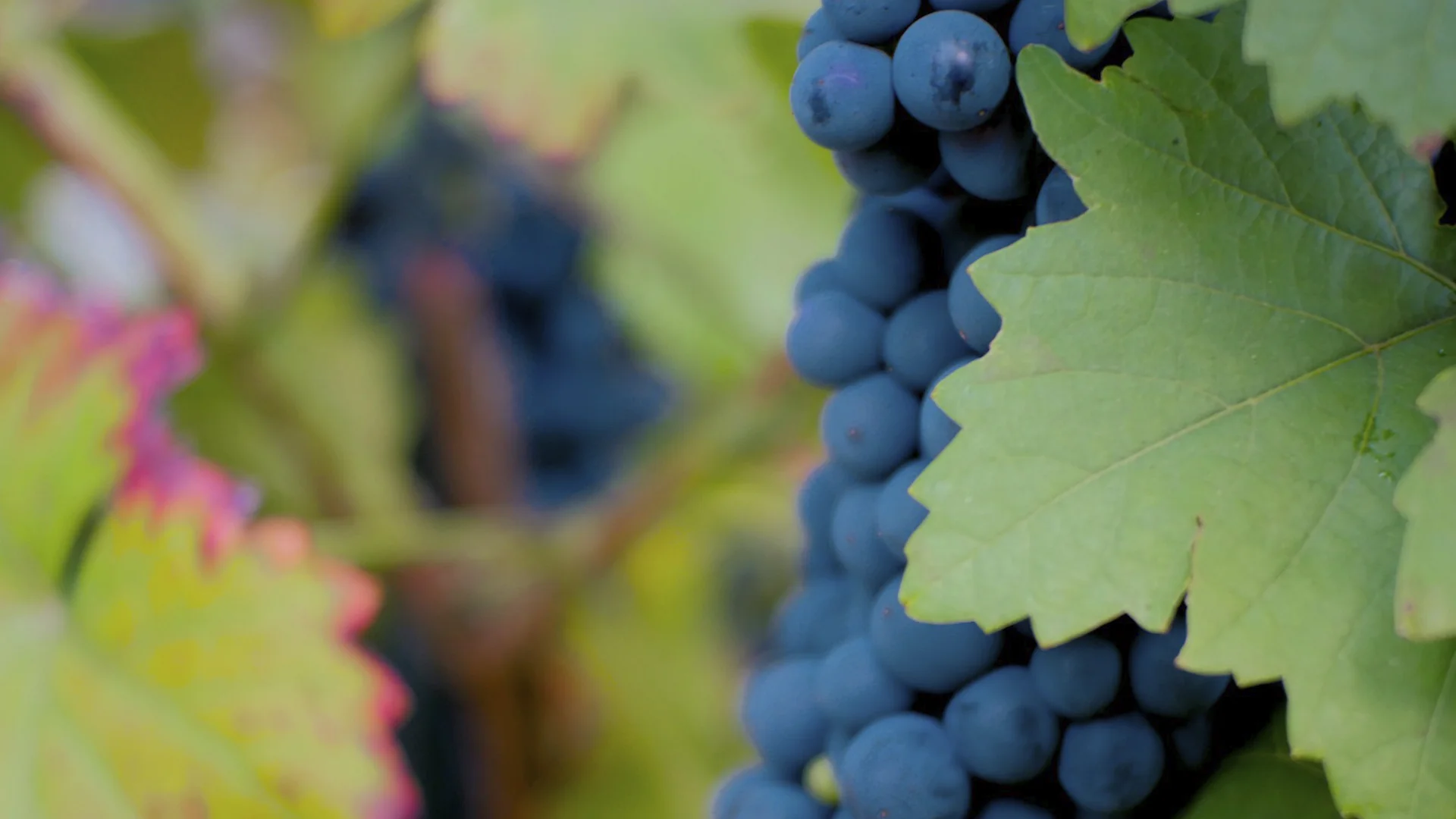
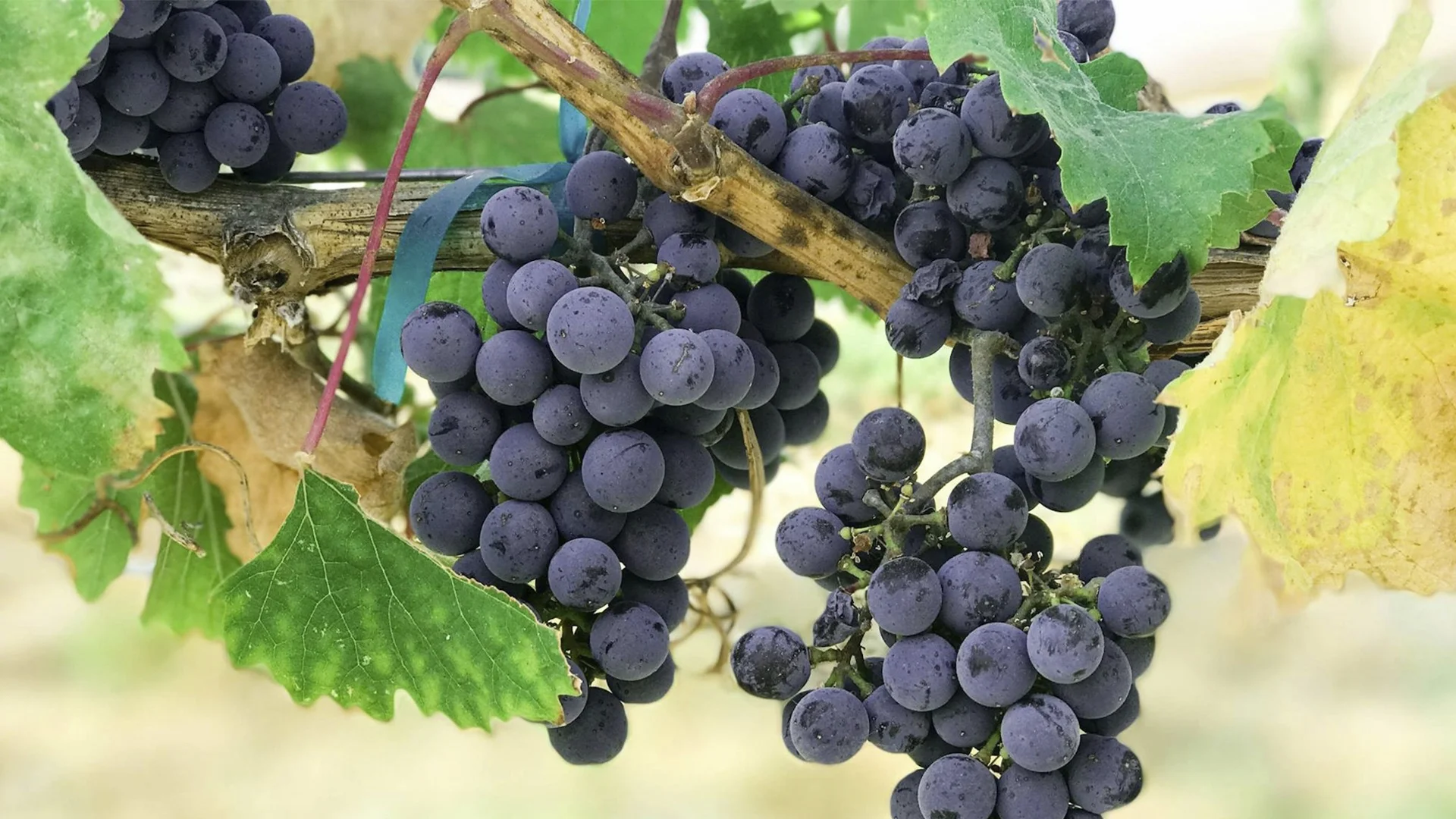

























































































.webp)

.webp)





Are you interested in
collaborating with us?